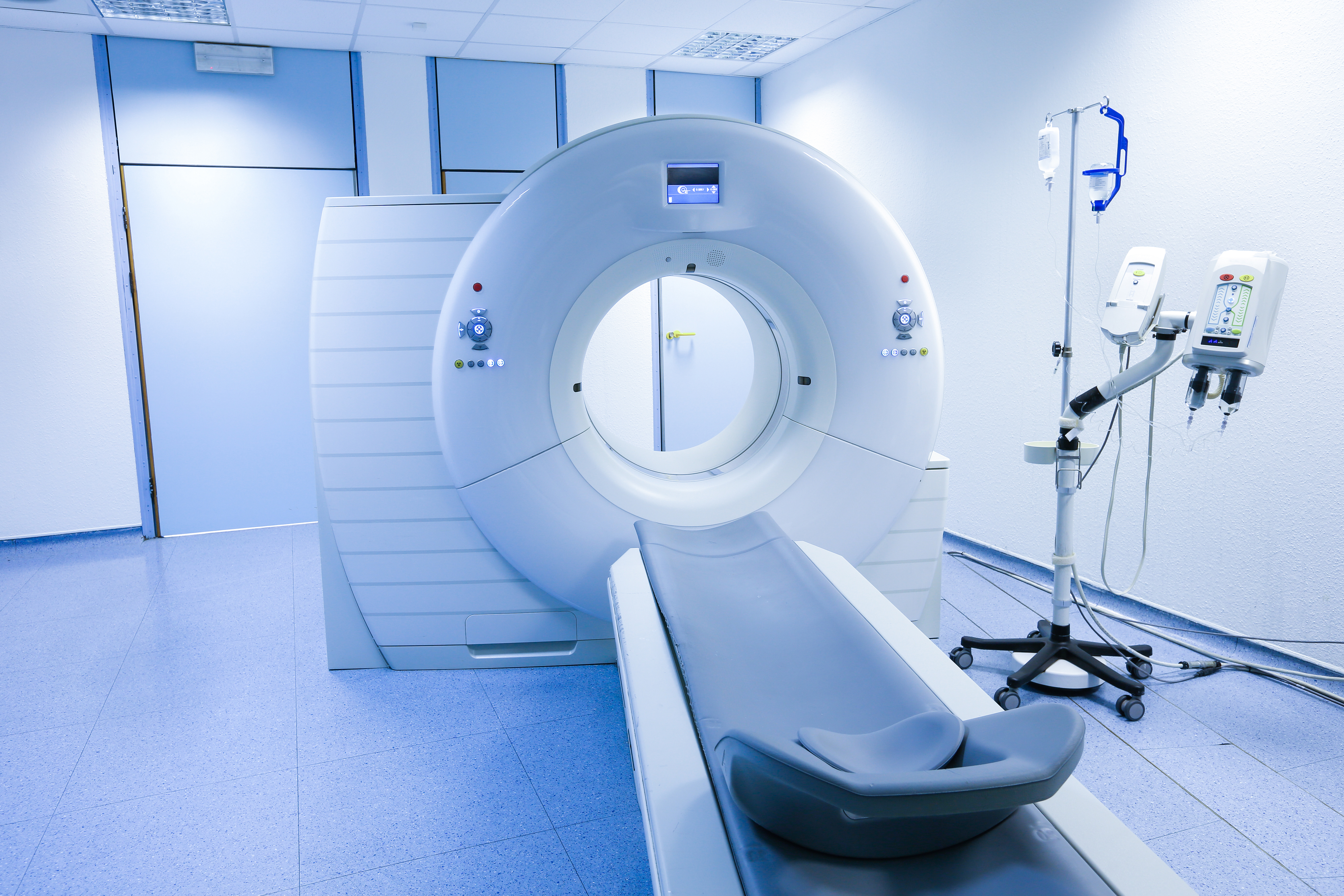While cardiac computer tomography (CCT) has been around for twenty years, its widespread adoption has been measured, while its utility and applicability have been continually debated and refined. Research on its efficacy and effectiveness have continued to be published. Consequently, many hospitals have adopted it as a first-line test, but its “official” elevation as a first-line service for evaluating chest pain has hampered widespread adaption. This changed when last October 2021 the ACC/AHA 2021 Chest Pain Evaluation Guidelines elevated it to the top 1A front-line test indication. (Refer to: AHA/ACC/ASE/CHEST/SAEM/SCCT/SCMR Guideline for the Evaluation and Diagnosis of Chest Pain. J Am Coll Cardiol. 2021 Nov, 78 (22) e187–e285. A relatively new technology, fractional flow reserve-CT (FFR-CT), has also been developing. For the first time, the Guidelines also recommend the use of adjunctive FFR-CT in select patients. While both CCT and FFR-CT were gaining momentum before the guidelines were published, the publication has pushed these issues to the forefront. Finally, CCT seems to be really taking off, with FFR-CT not far behind.
Increasing Interest and Activity
Vendors are reporting increasing activity and sales, seminars and training courses are over-subscribed, reading certification programs are booming, technologist training is increasing and more hospitals are actively planning to implement comprehensive CCT programs in emergency departments and even high-volume outpatient settings for evaluating chest pain and cardiac stenosis. While several larger, academic hospitals have utilized CCT as a first-line test for years, the guideline publications have spurred on many more hospitals (and outpatient clinic facilities) to investigate and initiate comprehensive CCT programs. The Society of Cardiac CT, long the chief proponent of its widespread adaption, is planning to build a new website, called the SCCT Starter Kit to provide materials, resources and advice to centers planning to expand their cardiac CT programs.
CFA has been involved with CCT since the early days, even sponsoring seminars to explain and promote the technology for both cardiac and vascular applications. My own story is illustrative of its ultimate personal value. While collaborating with an early pioneer in CCT and post-processing software development in New York City in 2004, and being asymptomatic, I had a CCT performed based upon a family history of heart disease. The results were unremarkable, except for the presence of one bloom of calcium in a major vessel. Three years later, I began to experience exercise-induced angina, and upon further testing, found that the vessel previously identified on CCT as problematic had occluded at that very spot. It was subsequently successfully stented.
FFR-CT Included in Guidelines
The inclusion of FFR-CT in the new guidelines as a 2A recommendation is interesting, although not without controversy. FFR-CT is not universally utilized, is relatively expensive and available from only a single vendor. Patients with acute chest pain and coronary stenosis patients from 40% to 90% “may benefit” from FFR-CT to guide decision making for revascularization. Its major advantage is that a single test can provide both anatomical and physiological assessment. Clinically, cardiologists are finding that FFR-CT greatest value may be in determining whether to revascularize an intermediate grade stenosis based solely on anatomical imaging. (See also FFR-CT Aims for Real-World Application). There was some pushback from competing nuclear and MRI societies saying that they felt that FFR-CT was given an “inappropriately” large role in evaluating chest pain and that the recommendations were “premature.” A main objective was that FFR-CT is not widely available as is, for example nuclear cardiology. (See also: Society for Cardiovascular Magnetic Resonance perspective on the 2021 AHA/ACC Chest Pain Guidelines).
Implications
The implications for hospitals with robust cardiac and vascular programs are significant. Those that have been reticent in developing a comprehensive CCT program will need to seriously rethink their strategy. Developing a program is much more complex than simply having a cardiac-capable CT available. Such programs are an expensive proposition, with CT-specific requirements (e.g., slices, gantry speed, scanner speed, type of iterative reconstruction software, etc.), physician and technologist training, establishment of treatment protocols, and, of course, cooperation among ED physicians, cardiologists and radiologists. It is important to monitor non-hospital setting competition as large volume private practices and/or clinic operations are also beginning to enter this space. Those programs that wish to actively develop programs will need to begin planning, particularly: capital equipment purchases, physician training programs and technologist recruitment and training, all long-lead items with significant budgetary and organizational implications.
If you are interested in learning more about cardiac services strategic development, service expansion and/or other programmatic needs for cardiovascular or other services, please contact CFA at (949) 443-4005 or by e-mail at cfa@charlesfrancassociates.com

